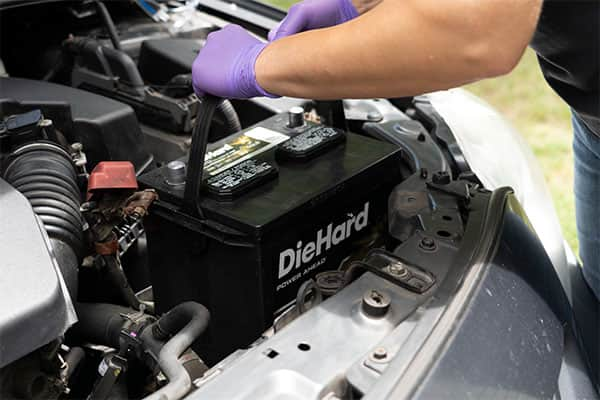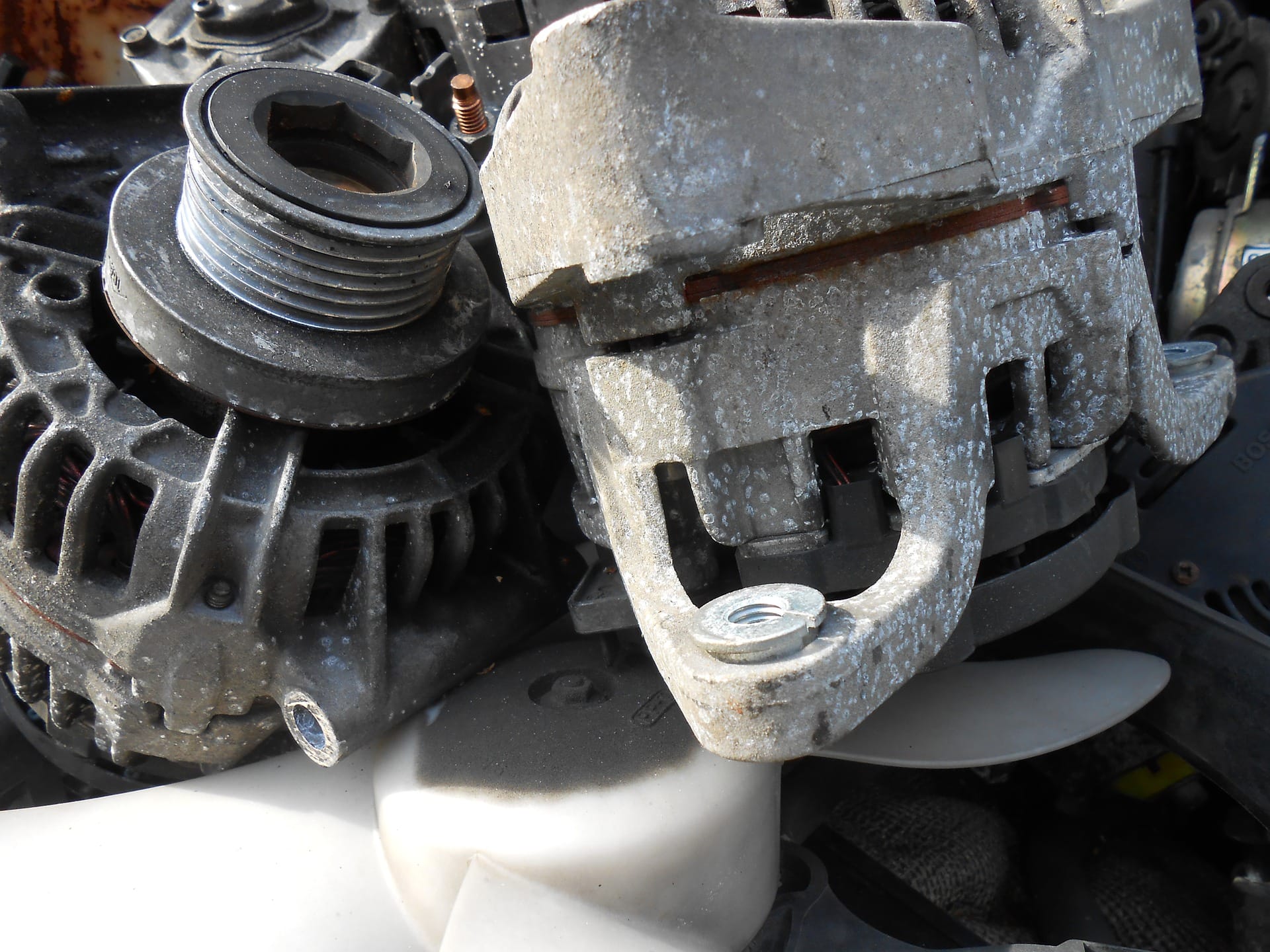
Connecting a car battery safely can be a challenge, especially if you have never tried something like it before. New car owners often have difficulty determining what each step involves and figuring out the order for said steps. While some car maintenance tasks have no specific order, connecting a car battery properly can spell the difference between a normally running car and a burnt electric system.
Learn which battery is right for your vehicle.
RISKS AND PRECAUTIONS
Connecting a car battery is not hard, but it's all about safety procedures. With the massive amount of current your battery is capable of, you definitely don't want a short circuit damaging your vehicle. Always consult your owner's manual for safety precautions. Also, keep the area ventilated, keep any flames or sparks away from your battery, avoid direct contact with any battery fluids and never lean over the battery unit while you're testing, connecting or charging it.
Any time you're working around a battery, it's also important to remove any metal jewelry like rings or bracelets. Also, be sure to wear safety glasses and gloves for personal protection. Finally, always be mindful of your tools. The wrench or ratchet should never connect the positive and negative terminals or connect the positive terminal to a metal ground on the vehicle. These safety precautions might seem like overkill, but they can prevent some serious injuries.
Advance Auto Parts stores offer free battery testing and installation*.
SPECIAL EQUIPMENT
Before connecting a car battery, you should know what special tools and solutions you need. For example, to clean the tray, you have to use battery cleaning solution or a mixture of baking soda and water. You also need a wire brush to clean the cable connectors; specialized battery brushes include a recessed brush that fits over the post and a narrow, pointed brush that cleans the inside of the cable clamps. You should also spray both terminals of the battery with an anti-corrosion solution before connecting the cables. If none is available, petroleum jelly can help prevent corrosion, as can felt battery washers from your local parts store. Find an Advance Auto Parts store close to you.
Take a look at some popular battery accessories.
CAR BATTERY REPLACEMENT STEPS
Now that you have all the safety precautions taken into account, connecting the battery won't be a big deal. You simply need to clean the tray and any corrosion, then make sure the battery is fully charged before setting it in place. Be careful when you do this — car batteries are heavy! Dropping it could do some serious damage.
The battery will most likely have a hold-down bracket that goes over the top; make sure it's snug and secure so the battery won't rattle around. Next, attach the positive cable to the positive terminal of the battery, then do the same with the negative cable. This order will prevent any safety concerns. Under no circumstances can you allow your wrench to touch the positive terminal, fender, radiator support or any other metal surface. This will cause a dangerous short circuit that can lead to an electrical arc, burns and possibly an exploded battery.
FINISHING THE JOB
Once your new car battery is safely in place, it's time to see if the electric system is functioning properly. Before proceeding, double check that your car battery is connected correctly. Next, turn on your car and try any of the electric or electronic systems (like A/C or radio) to make sure they work. You should also measure your battery's output using a multimeter, which is designed to monitor car battery health. Once you're done, all you have to do is make sure to recycle your old car battery, which you can do at most Advance Auto Parts locations.
*Car battery testing and installation available on most automotive vehicles, at most locations, unless prohibited by law.









